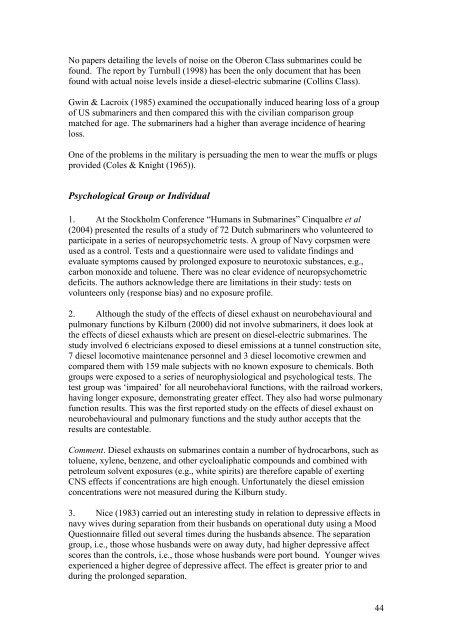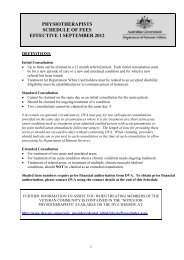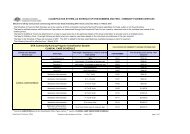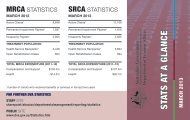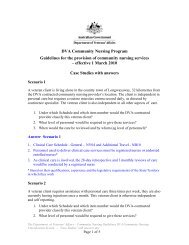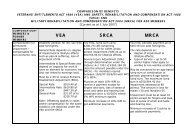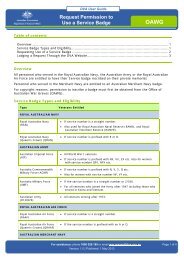Oberon Class Submarine Occupational Hygiene Project Final Report
Oberon Class Submarine Occupational Hygiene Project Final Report
Oberon Class Submarine Occupational Hygiene Project Final Report
Create successful ePaper yourself
Turn your PDF publications into a flip-book with our unique Google optimized e-Paper software.
No papers detailing the levels of noise on the <strong>Oberon</strong> <strong>Class</strong> submarines could befound. The report by Turnbull (1998) has been the only document that has beenfound with actual noise levels inside a diesel-electric submarine (Collins <strong>Class</strong>).Gwin & Lacroix (1985) examined the occupationally induced hearing loss of a groupof US submariners and then compared this with the civilian comparison groupmatched for age. The submariners had a higher than average incidence of hearingloss.One of the problems in the military is persuading the men to wear the muffs or plugsprovided (Coles & Knight (1965)).Psychological Group or Individual1. At the Stockholm Conference “Humans in <strong>Submarine</strong>s” Cinqualbre et al(2004) presented the results of a study of 72 Dutch submariners who volunteered toparticipate in a series of neuropsychometric tests. A group of Navy corpsmen wereused as a control. Tests and a questionnaire were used to validate findings andevaluate symptoms caused by prolonged exposure to neurotoxic substances, e.g.,carbon monoxide and toluene. There was no clear evidence of neuropsychometricdeficits. The authors acknowledge there are limitations in their study: tests onvolunteers only (response bias) and no exposure profile.2. Although the study of the effects of diesel exhaust on neurobehavioural andpulmonary functions by Kilburn (2000) did not involve submariners, it does look atthe effects of diesel exhausts which are present on diesel-electric submarines. Thestudy involved 6 electricians exposed to diesel emissions at a tunnel construction site,7 diesel locomotive maintenance personnel and 3 diesel locomotive crewmen andcompared them with 159 male subjects with no known exposure to chemicals. Bothgroups were exposed to a series of neurophysiological and psychological tests. Thetest group was ‘impaired’ for all neurobehavioral functions, with the railroad workers,having longer exposure, demonstrating greater effect. They also had worse pulmonaryfunction results. This was the first reported study on the effects of diesel exhaust onneurobehavioural and pulmonary functions and the study author accepts that theresults are contestable.Comment. Diesel exhausts on submarines contain a number of hydrocarbons, such astoluene, xylene, benzene, and other cycloaliphatic compounds and combined withpetroleum solvent exposures (e.g., white spirits) are therefore capable of exertingCNS effects if concentrations are high enough. Unfortunately the diesel emissionconcentrations were not measured during the Kilburn study.3. Nice (1983) carried out an interesting study in relation to depressive effects innavy wives during separation from their husbands on operational duty using a MoodQuestionnaire filled out several times during the husbands absence. The separationgroup, i.e., those whose husbands were on away duty, had higher depressive affectscores than the controls, i.e., those whose husbands were port bound. Younger wivesexperienced a higher degree of depressive affect. The effect is greater prior to andduring the prolonged separation.44


